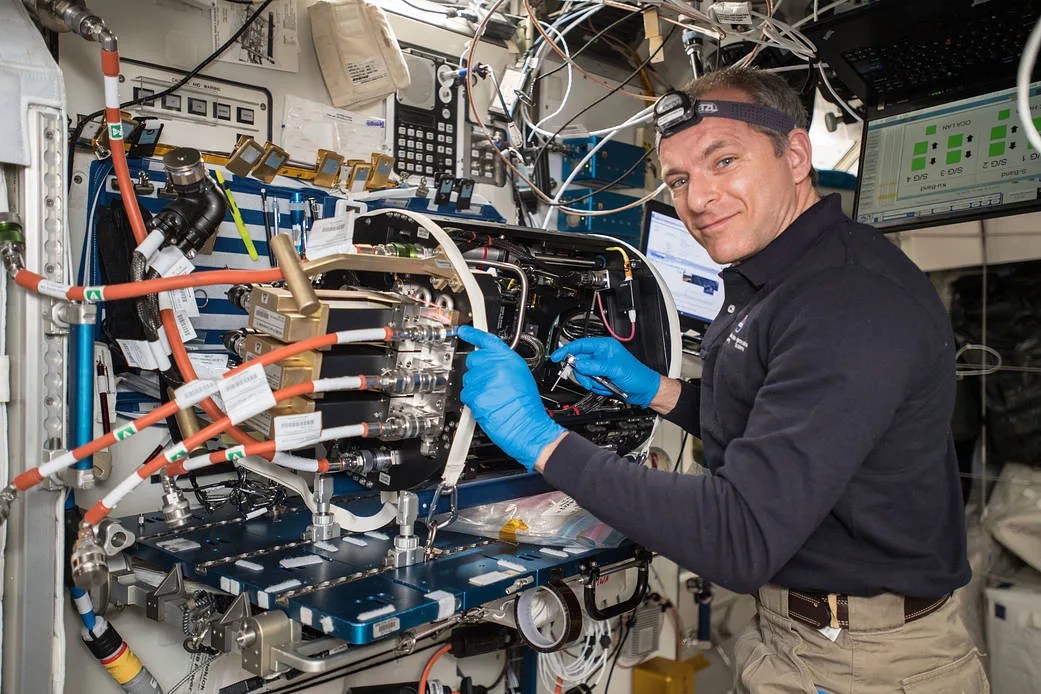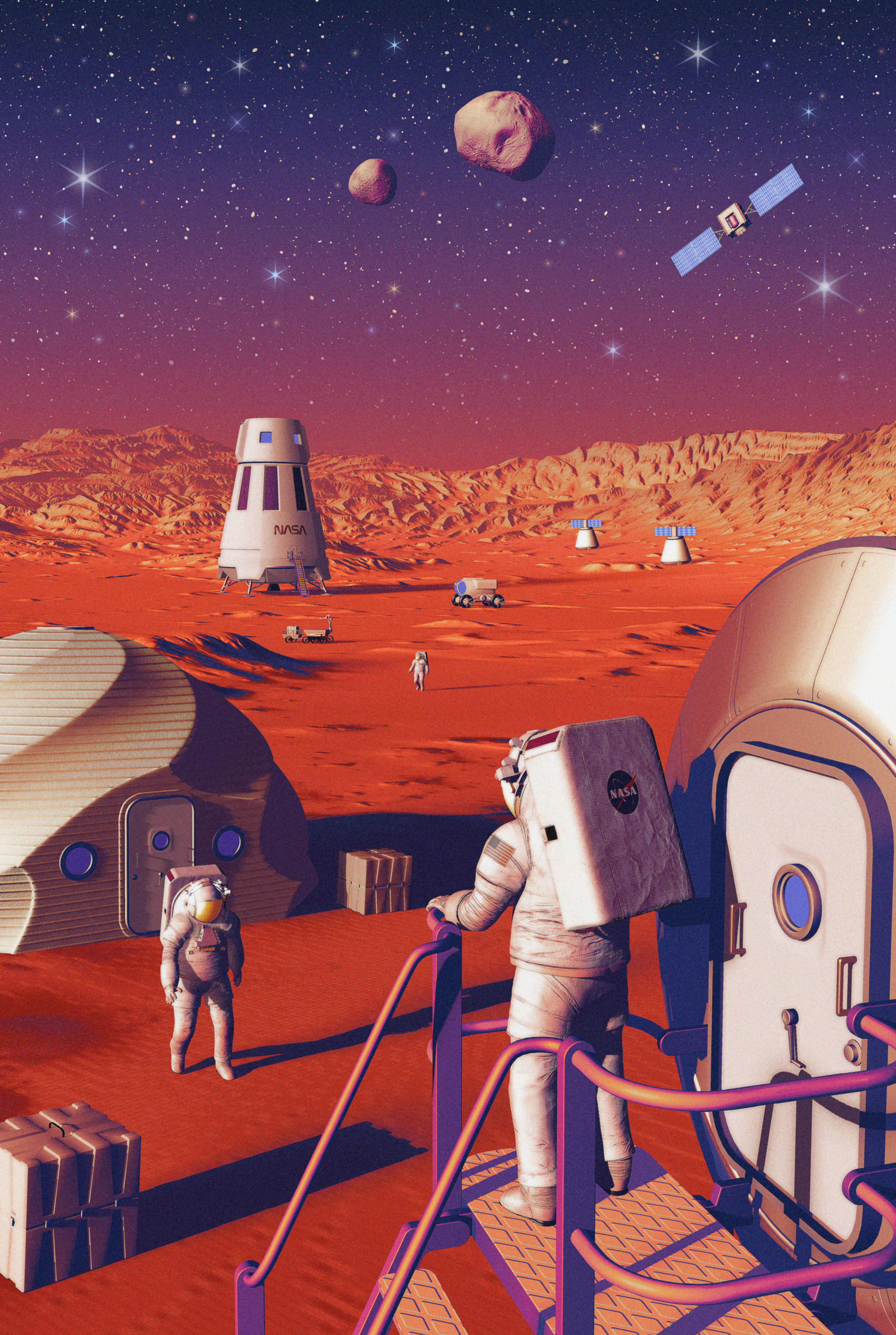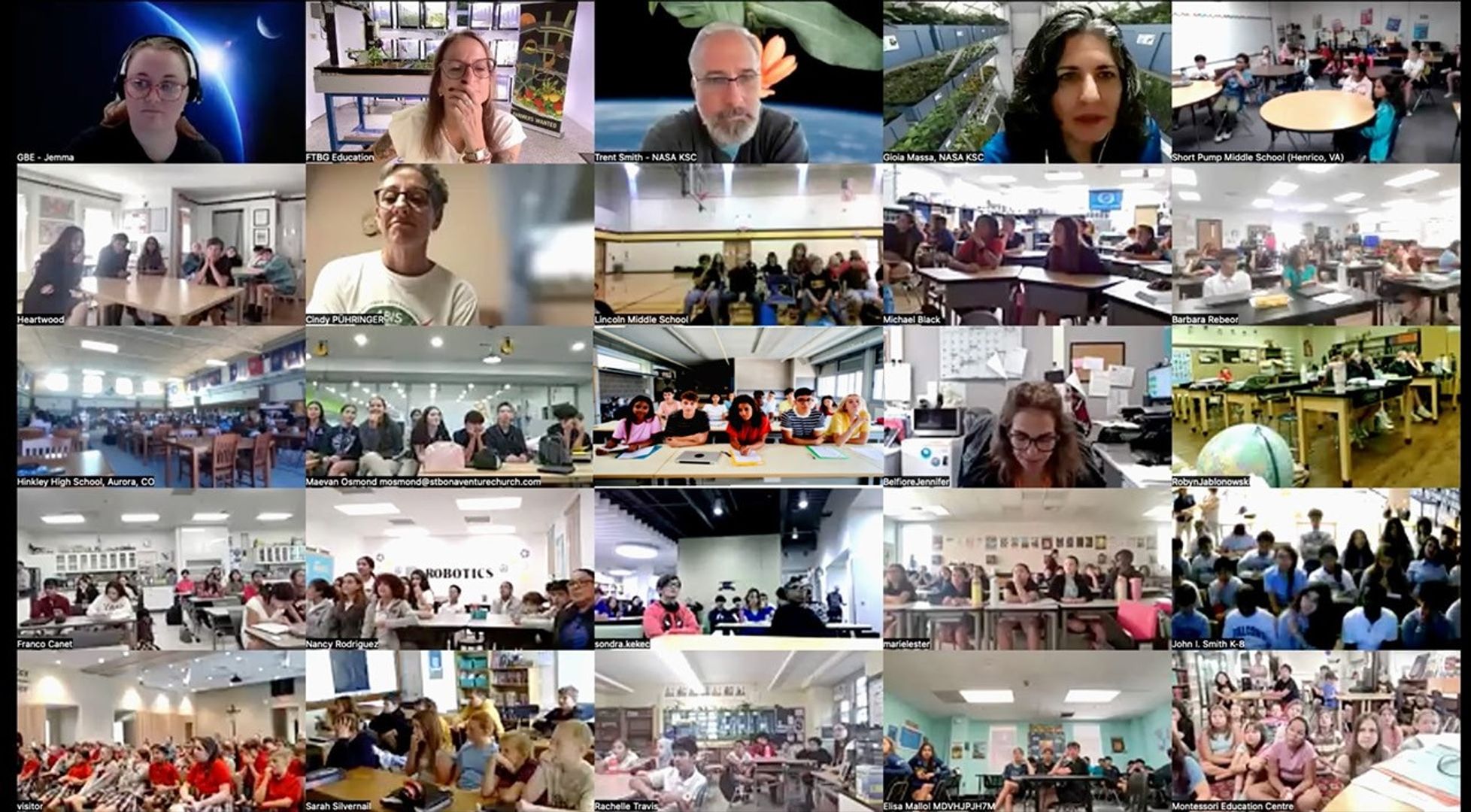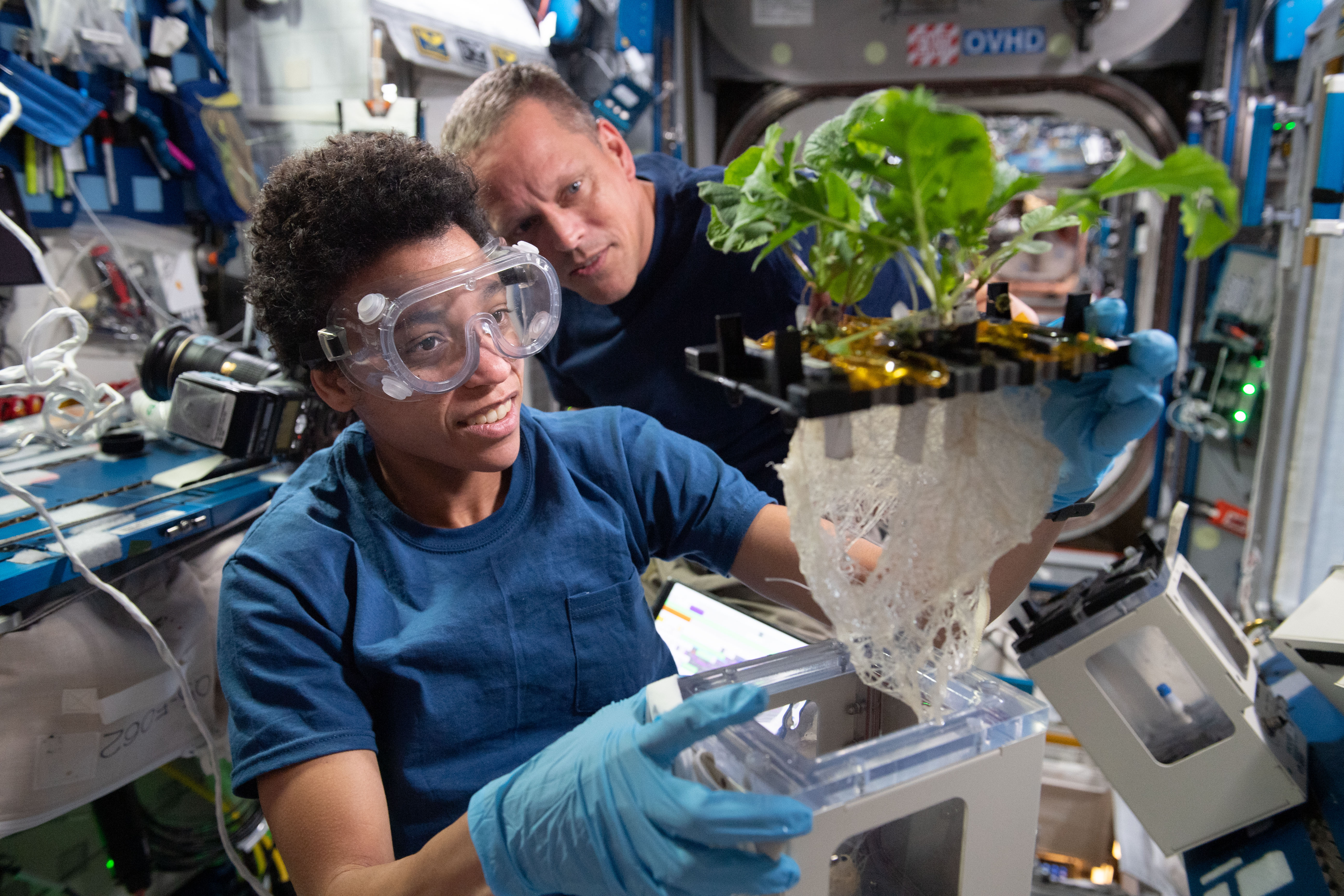Most of the energy and power used on Earth comes from burning fossil fuels. Combustion sparked the industrial revolution, and today it provides us with reliable power, clean water, a stable food supply and a whole lot more. Unfortunately, one downside of all that progress is pollution, which leads to climate change.
To help address this problem, investigators for NASA’s Advanced Combustion via Microgravity Experiments (ACME) are studying the properties of flames in the apparent weightlessness of the International Space Station (ISS). Over 1,000 flames have been ignited for the first five ACME experiments. What researchers learn from these thousand points of light could improve the use of combustion on Earth.
“Over 85 percent of the world’s energy comes from burning things,” said professor Richard Axelbaum, an ACME investigator. “Fossil fuels and combustion give us energy and power in any place, at any time of day, and at any time of year. No other source of energy can do this. Wind and water power have been used for thousands of years. They are much more efficient today, but you still can’t depend on them—or on solar energy—to produce power at all times. Fossil fuels can do that.”
The ACME experiments focus on improving efficiency and reducing pollution, including soot emissions and carbon dioxide releases that occur during combustion, which could slow climate change. Because Earth’s gravity determines the shape, and therefore the burning characteristics, of flames on our planet, ACME scientists have taken flames to space to find new ways to make them cleaner and more efficient. Furthermore, some ACME researchers study combustion in space to ensure that spacecraft are as fire-safe as possible.
ACME scientists say that there are two basic ways to burn things: mix air (or oxygen) and fuel together and burn the mixture, or just burn fuel in the air like we do when we burn a candle. All six ACME experiments are exploring non-premixed flames (like candle flames) of gaseous fuels, and all the experiments are being performed with ACME hardware in the Combustion Integrated Rack (CIR) on the space station.
The hardware is set up by the ISS astronauts, but it is operated remotely from NASA’s Glenn Research Center in Cleveland, Ohio. So far, over 20 astronauts from Canada, Germany, Italy, Japan, Russia, and the United States have taken part in ACME research. In order of operation, the ACME investigations are:
Coflow Laminar Diffusion Flame (CLD Flame) Researchers from Yale University and Russia’s Far Eastern Federal University are using the investigation’s benchmark microgravity data to improve computational models of flames which could be extended into design tools for improved combustion systems on Earth.
Electric-Field Effects on Laminar Diffusion Flames (E-FIELD Flames) Researchers from University of California Irvine and Russia’s Far Eastern Federal University are researching how flames are affected by a high-voltage electric field and exploring how that may be used so that they produce less pollution.
Burning Rate Emulator (BRE) Researchers from the University of Maryland and Russia’s Peter the Great St. Petersburg Polytechnic University are exploring how microgravity affects the way solids and liquids burn through an innovative approach using gaseous fuels. The researchers want to determine the conditions under which materials used in spacecraft interiors will burn, in order to improve spacecraft safety.
Flame Design Researchers from Washington University at St. Louis, the University of Maryland, and the N.N. Semenov Institute of Chemical Physics of the Russian Academy of Sciences are exploring new ways to eliminate soot from combustion but still produce strong flames that won’t quench.
Structure and Response of Spherical Diffusion Flames (s-Flame) Researchers from Princeton University, Rutgers University, and the P.N. Lebedev Physical Institute of the Russian Academy of Sciences are exploring how to improve computational models of flame development and extinction.
A sixth ACME experiment will continue to expand our understanding:
Cool Flames Investigation with Gases (CFIG) Researchers from the University of Maryland, Washington University in St. Louis, and the University of California at San Diego will gain a new understanding of low-temperature combustion that may lead to cleaner, more efficient internal combustion engines. On-orbit testing for the CFIG experiment hasn't begun yet. but the E-FIELD Flames investigation has been completed. ACME testing is scheduled to continue into 2021.
“The ACME series of experiments on the ISS are a triple success: advancing scientific knowledge, improving life on Earth and enabling exploration of space,” said Space Life and Physical Sciences Research and Applications Division Director Craig Kundrot. “ The weightless environment on ISS enables investigators to advance the scientific understanding about the fundamental mechanisms of combustion and thereby provide the knowledge to improve combustion processes on Earth and increase fire safety in human exploration missions.”
Many phenomena have been part of our lives since the dawn of civilization, and we often take them for granted. Fire is one of them. Understanding everything we can about these building blocks of our world allows us to use our world efficiently and expand our potential as thinking, creative human beings. We have learned a great deal about fire here on Earth. Now we are taking it into space to learn more about it, because the novel microgravity behavior can enable leaps in understanding combustion – both in space and on Earth. What we find will improve our lives on this planet and allow us to reach other worlds and discover all they have in store.
Stay informed on other exciting SLPSRA research initiatives:
http://science.nasa.gov/biological-physical
For daily updates, follow @ISS_Research, Space Station Research and Technology News or our Facebook. Follow the ISS National Lab for information on its sponsored investigations. For opportunities to see the space station pass over your town, check out Spot the Station.































